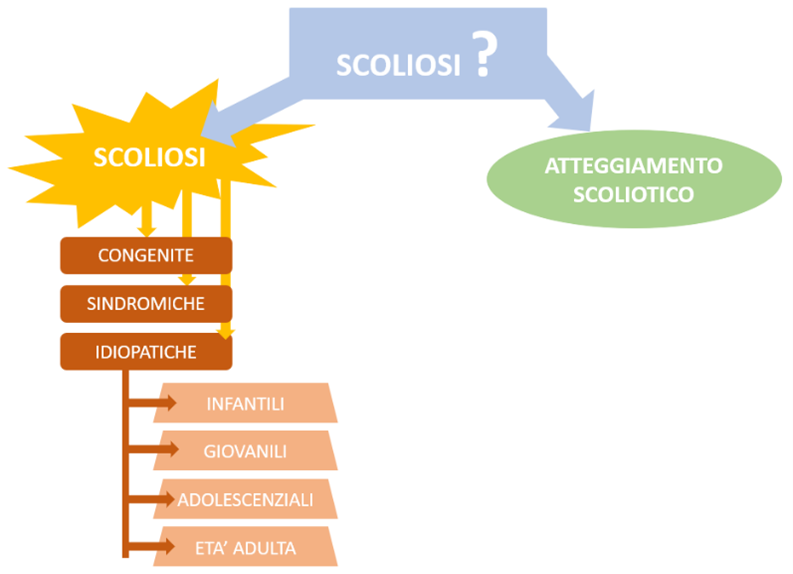Note
| ↑1 | Terminology Committee of the Scoliosis Research Society. A glossary of terms. Spine1976;1:57-8. |
|---|---|
| ↑2 | Coillard, Christine, Alin B. Circus, and Charles H. reward. “SpineCor treatment for Juvenile Idiopathic Scoliosis: SOSORT award 2010 winner.” Scoliosis 5.1 2010: 1-7. |
| ↑3 | Altaf, Farhan, et al. “Adolescent idiopathic scoliosis.” Bmj 346 2013. |
| ↑4 | Necessary, Mark Raphael, Hussein Senyurt, and Rudiger Krauspe. “Epidemiology of adolescent idiopathic scoliosis.” Journal of children’s orthopaedics 7.1 2013: 3-9.However, it has recently been found |
| ↑5, ↑16, ↑17, ↑21 | Necessary, Mark Raphael, Hussein Senyurt, and Rudiger Krauspe. “Epidemiology of adolescent idiopathic scoliosis.” Journal of children’s orthopaedics 7.1 2013: 3-9. |
| ↑6, ↑7, ↑15 | Negrini, Stefano, et al. “2016 SOSORT guidelines: orthopaedic and rehabilitation treatment of idiopathic scoliosis during growth.” Scoliosis and spinal disorders 13.1 2018: 1-48. |
| ↑8, ↑13 | Machida, Masafumi, Stuart L. Weinstein, and Jean Dubousset, eds. Pathogenesis of idiopathic scoliosis. Springer, 2018. |
| ↑9 | Ogilvie, James W., et al. “The search for idiopathic scoliosis genes.” Spine 31.6 2006: 679-681. |
| ↑10 | Cheung, Catherine Siu King, et al. “Generalized osteopenia in adolescent idiopathic scoliosis–association with abnormal pubertal growth, bone turnover, and calcium intake?.” Spine 31.3 2006: 330-338. |
| ↑11 | Cheng, J. C. Y., et al. “Generalized low areal and volumetric bone mineral density in adolescent idiopathic scoliosis.” Journal of Bone and Mineral Research 15.8 2000: 1587-1595. |
| ↑12 | Validate, Mehmet B., et al. “Vitamin-D measurement in patients with adolescent idiopathic scoliosis.” Journal of Pediatric Orthopaedics B 26.1 2017: 48-52. |
| ↑14 | Weinstein, Stuart L., et al. “Adolescent idiopathic scoliosis.” The lancet 371.9623 2008: 1527-1537. |
| ↑18 | Seleviciene, They were, et al. “Physiotherapeutic Scoliosis-Specific Exercise Methodologies Used for Conservative Treatment of Adolescent Idiopathic Scoliosis, and Their Effectiveness: An Extended Literature Review of Current Research and Practice.” International journal of environmental research and public health 19.15 2022: 9240. |
| ↑19 | Seleviciene, They were, et al. “Physiotherapeutic Scoliosis-Specific Exercise Methodologies Used for Conservative Treatment of Adolescent Idiopathic Scoliosis, and Their Effectiveness: An Extended Literature Review of Current Research and Practice.” International journal of environmental research and public health 19.15 2022: 9240. |
| ↑20 | Negrini, Stefano, et al. “Exercises reduce the progression rate of adolescent idiopathic scoliosis: results of a comprehensive systematic review of the literature.” Disability and rehabilitation 30.10 2008: 772-785. |







